In the heart of Bangkok stands a truly unique and awe-inspiring structure, the Three-Headed Giant Elephant, which towers over the Erawan Museum. This striking monument, with its massive size and symbolic design, is not only a tribute to Thai mythology and culture but also a representation of Thailand’s spiritual heritage. Both the sculpture and the museum are rich with artistic beauty, religious symbolism, and historical artifacts, making the Erawan Museum a fascinating destination for those interested in Thailand's spiritual and cultural history.

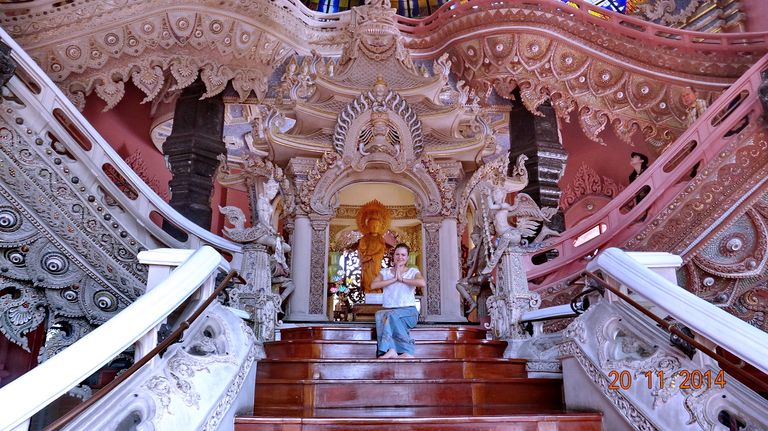
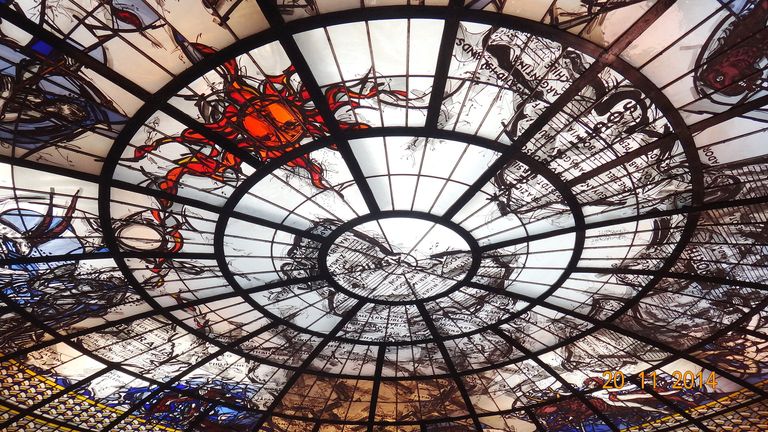
The Legend of the Three-Headed Elephant
The enormous three-headed elephant that crowns the Erawan Museum is known as Erawan, or Airavata, a sacred creature in Hindu and Buddhist mythology. In these traditions, Erawan is a celestial elephant that serves as the mount of Indra, the god of rain and king of heaven. According to mythology, Erawan possesses immense strength and has the ability to create clouds and bring rainfall, making him a symbol of fertility, abundance, and protection.
Erawan's three heads are said to represent the three worlds: heaven, earth, and the underworld. These realms signify the interconnectedness of all life, both material and spiritual. The sculpture of Erawan at the Erawan Museum brings this mythical creature to life in an immense and tangible form, with each head carefully sculpted to embody the majesty and power of the celestial elephant.
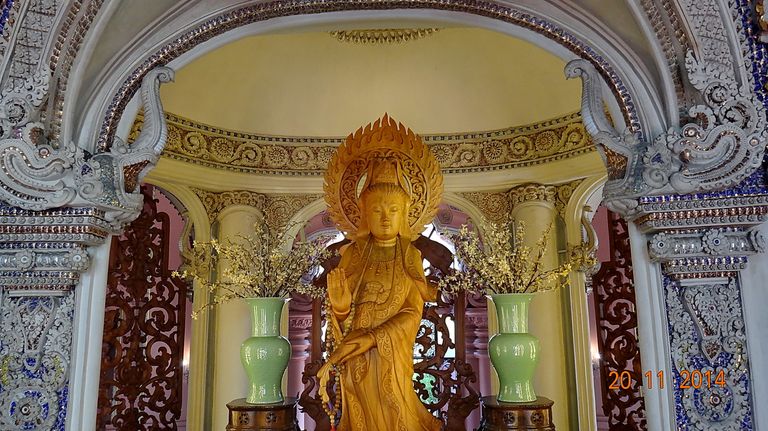
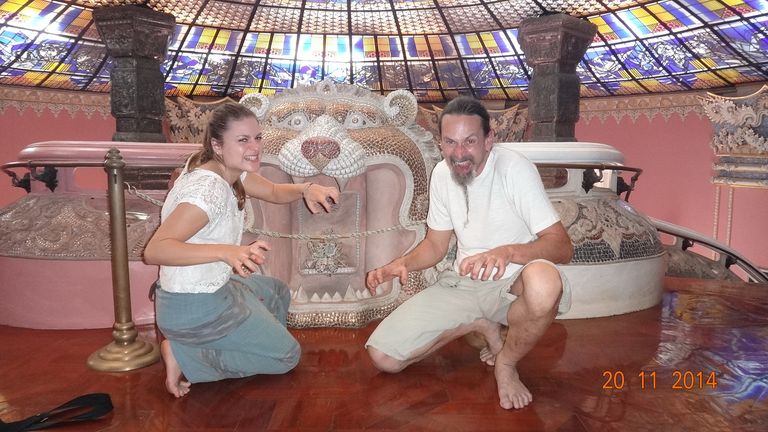

The Magnificent Sculpture
The statue of the Three-Headed Elephant, which dominates the Erawan Museum, is an engineering marvel. Standing at a height of about 29 meters (95 feet) and weighing approximately 250 tons, the bronze sculpture is one of the largest of its kind in the world. The scale and grandeur of the statue make it a prominent landmark in Bangkok, visible from afar, drawing visitors into the museum grounds.
The elephant is depicted in a majestic, dynamic pose, with its heads raised proudly toward the sky, each trunk curling in motion. The sheer size and intricate detailing of the statue reflect the master craftsmanship that went into its creation. The symbolism of the three heads, coupled with the elephant’s powerful stance, immediately conveys the spiritual and mythological importance of Erawan in Thai culture.
The interior of the elephant itself is also part of the museum, with visitors able to climb inside the massive structure and explore its richly adorned spaces, which house religious relics and spiritual representations.


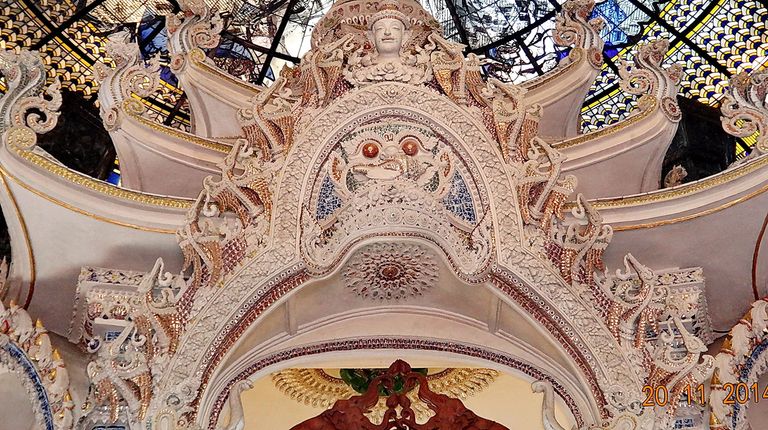
The Erawan Museum: A Spiritual Journey
The Erawan Museum, designed and built by Thai businessman Lek Viriyaphant, was conceived as a way to preserve and showcase Thailand’s cultural and religious heritage. Viriyaphant, who also founded other notable cultural landmarks such as the Sanctuary of Truth in Pattaya, envisioned the museum as a space where art, history, and spirituality could intersect.
The museum’s architecture and design are divided into three levels, symbolizing the three realms of existence in Thai cosmology: the underworld, the human world, and heaven. Each level is intricately decorated with sculptures, artwork, and religious artifacts that reflect Thailand’s rich spiritual traditions, blending Hindu, Buddhist, and local Thai beliefs.
The Ground Floor: The Underworld
The first level of the museum represents the underworld, known as Naga Loka in Hindu mythology. This section of the museum contains numerous artifacts and antiques, including valuable ceramics, pottery, and religious objects from different periods in Thai history. These artifacts serve as a reminder of the cultural and historical layers that form the foundation of modern Thai society.
The ground floor's dark, atmospheric lighting and serpentine motifs, inspired by the Naga (mythical serpent), add to the sense of mysticism, creating a visually and emotionally immersive experience for visitors.
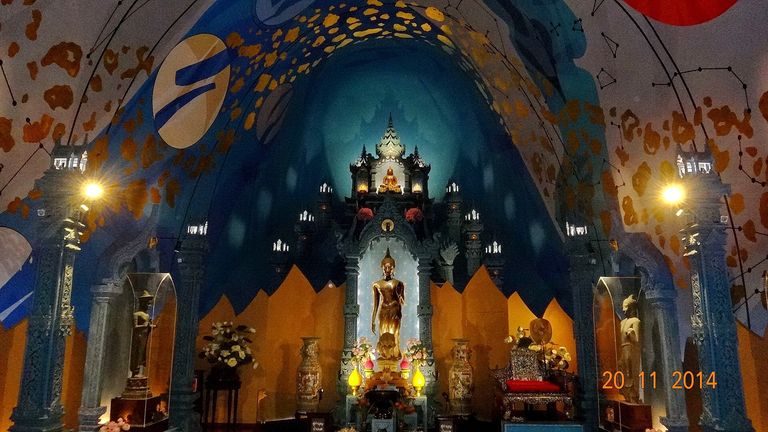
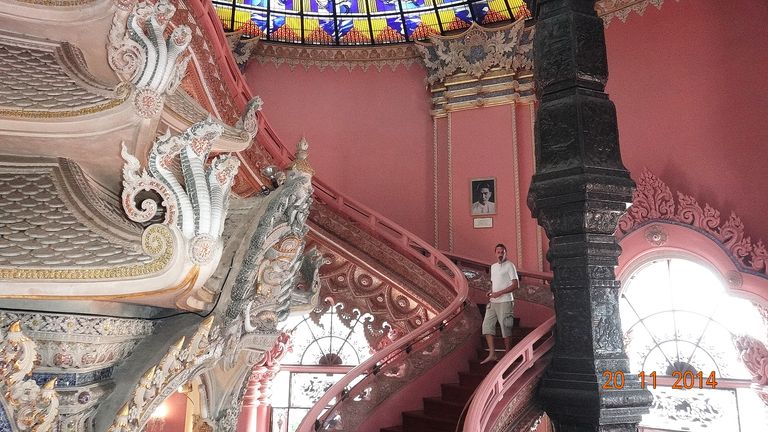
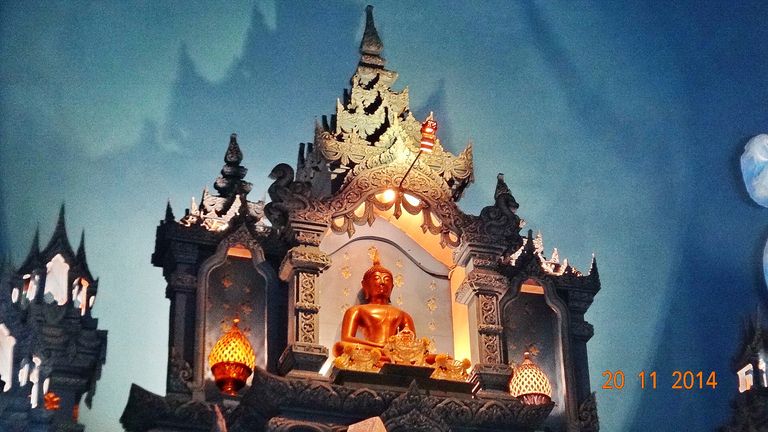
The Second Floor: The Human World
The second level of the museum symbolizes the human world, or Mortal Realm. This section of the Erawan Museum is dedicated to showcasing religious art and icons, many of which are Buddhist in origin. Here, visitors can view stunningly crafted statues of the Buddha, as well as depictions of other deities from both Buddhist and Hindu traditions.
The ornate spiral staircase, which connects the three floors, is itself a work of art, adorned with colorful stained glass and intricate sculptures. The staircase, along with the museum’s dome, gives the space a sense of lightness and spiritual ascent, encouraging contemplation and reflection.
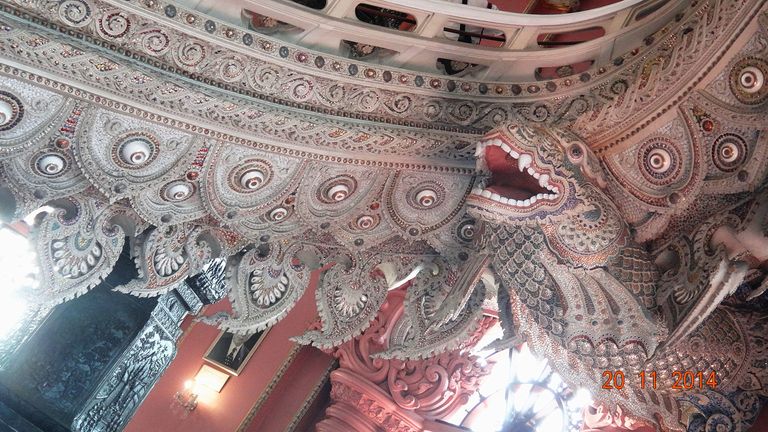
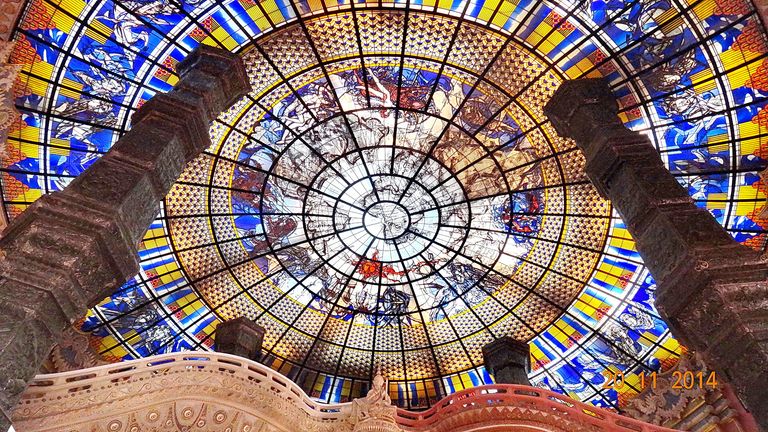
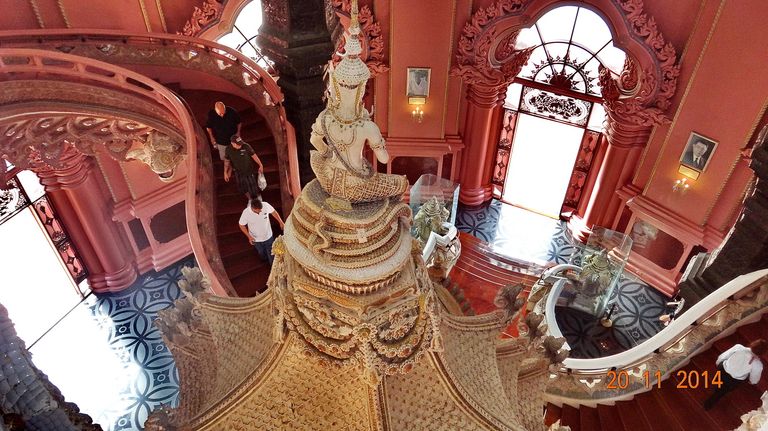
The Top Floor: Heaven
The top floor of the museum, housed within the body of the giant elephant, represents Heaven or the realm of the gods. This sacred space is filled with religious relics, including important Buddha statues, some of which are centuries old. The atmosphere here is serene and spiritual, offering visitors a space for quiet meditation and reverence.
The ceiling of the top floor is adorned with stunning stained glass, designed by German artist Jacob Schwarzkopf. The vibrant colors of the glass, depicting various cosmic and astrological symbols, bathe the space in ethereal light, creating a celestial atmosphere that aligns with the museum's spiritual theme.
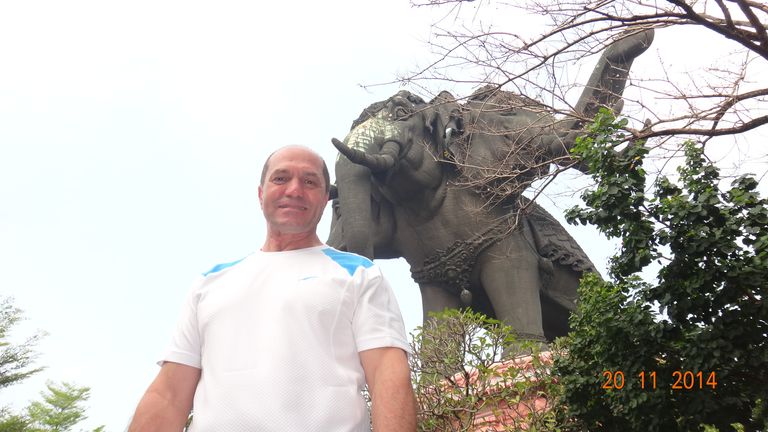

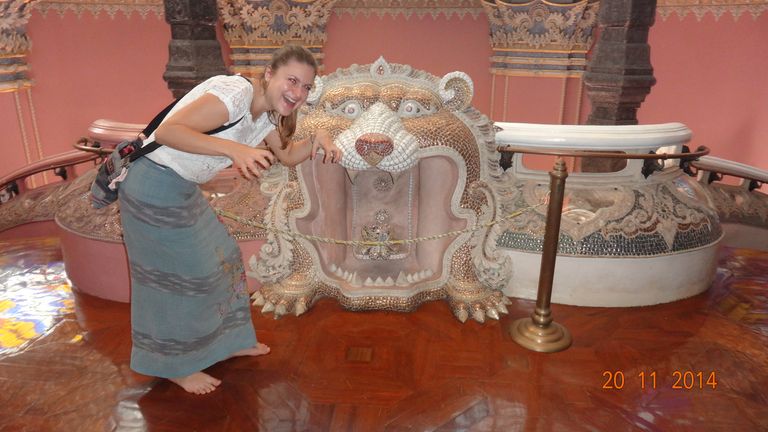
Symbolism and Cultural Significance
The Erawan Museum is more than just a collection of artifacts; it is a testament to the importance of preserving cultural identity and spiritual heritage in Thailand. The giant Erawan statue, representing the protector of the heavens, symbolizes the interconnectedness of the spiritual and material worlds. The museum’s design, rooted in Thai cosmology, invites visitors on a journey of self-reflection and spiritual exploration.
At its core, the Erawan Museum reflects the deep reverence the Thai people hold for their religious traditions and mythical stories. It stands as a bridge between the past and the present, offering a space where ancient wisdom, artistic craftsmanship, and modern devotion converge.
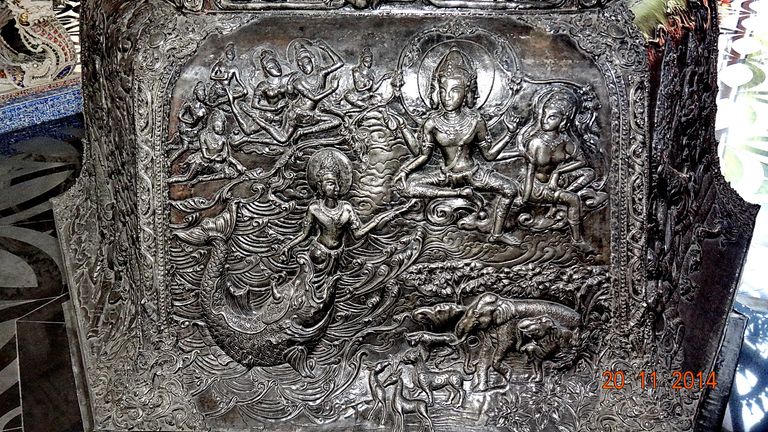
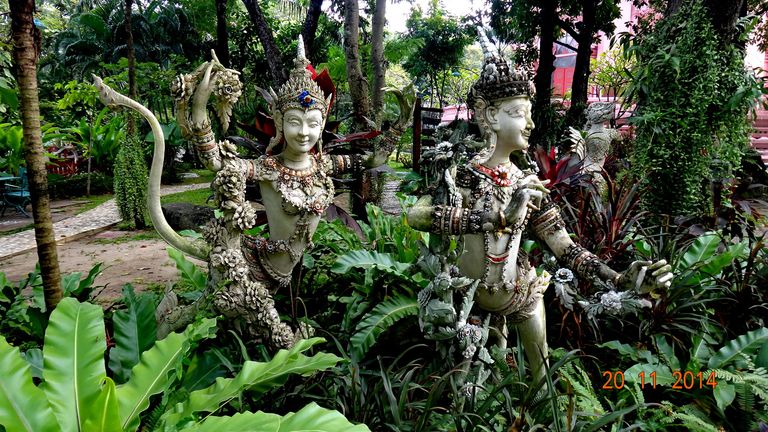
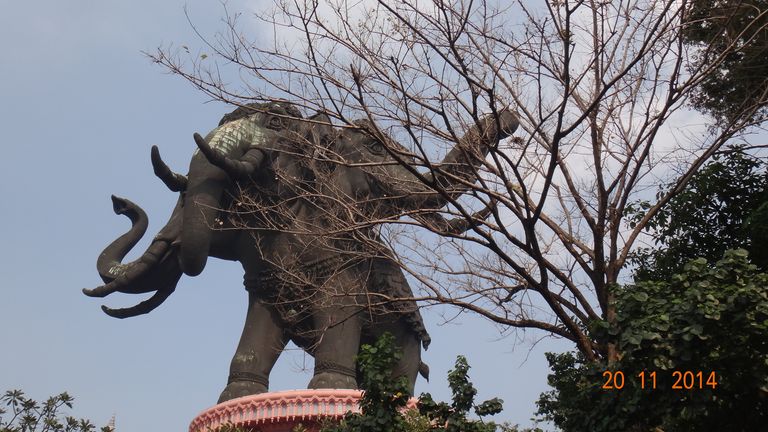
Conclusion
The Three-Headed Giant Elephant and Erawan Museum in Bangkok is a profound example of Thailand’s ability to blend mythology, spirituality, and art into one captivating space. The towering statue of Erawan is not only an architectural feat but also a symbol of the divine connections that shape Thai culture and belief. Through its intricate design and rich collection of religious artifacts, the Erawan Museum offers a unique window into the heart of Thailand’s spiritual and cultural identity, making it an essential destination for anyone seeking to understand the deeper layers of the country's heritage.
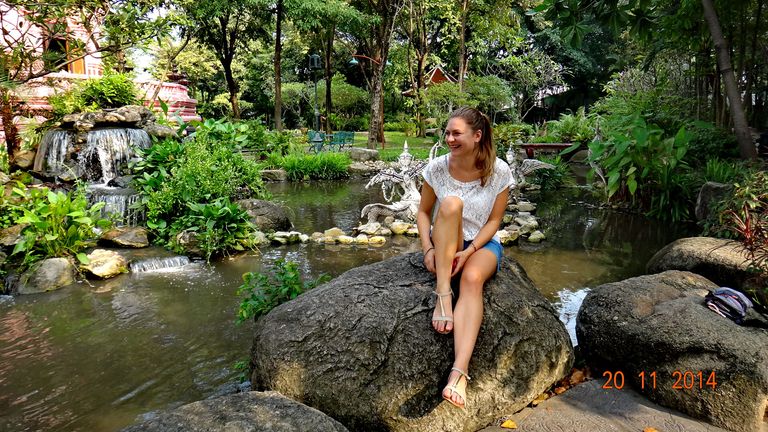

source: https://blurt.blog/blurt-192372/@hangin/the-three-headed-giant-elephant-and-erawan-museum-in-bangkok-thailand-1726140656565
Comments
Post a Comment